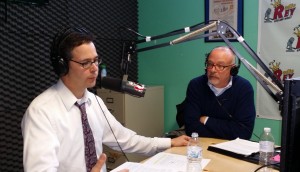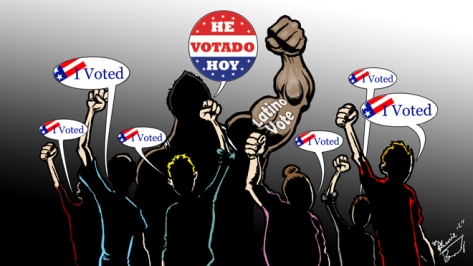“En Contacto” Radio Show, the Spanish Equivalent of an MPR Show.
En Contacto Radio Show, The Spanish equivalent of an MPR show. En Contacto has become the leading informative radio radio talk show in Minnesota for those who feel more comfortable getting their dose of information in Spanish. While conducting research in the Latino market for other marketing projects, Multivision Media Group discovered an evident need for an informative radio show in Spanish to address some of the communication gaps between non-profit organizations and the community as a whole. The production decided to focus mainly on five relevant topics: Immigration, Politics, Health, Education and Social Justice. The format is very similar to MPR’s shows where the host interviews experts on the various topics previously mentioned. The first segment includes a brief summary of news and events, followed by the topic discussion with the guest, and finally, the phone lines are open to questions or comments. For radio interviews o questions contact us: info@multivisionmediagroup.com
En Contacto: Broadcasted December 3rd, 2014.
This Wednesday we are interviewing immigration attorney John Keller, Executive Director at the Immigrant Law Center of MN. We’ll discuss the filing dates for DACA and DAPA parents. Also, a quick summary of the DAPA criteria and a few tips on how to stay away from scammers. We’ll have the visit from Alona Lee from the Community Action Partnership and expand on the energy assistance program for residents of Minneapolis. And last but not least, the latest on the students’ movements in Mexico and Minnesota with student activist Alejandra Cruz.
Tune in every Wednesday from 4-5pm on Radio Rey 630am. On line: www.radiorey630am.com Call in: 651.227.6300
Hosted by Juan A. Vazquez and produced by: www.multivisionmediagroup.com





